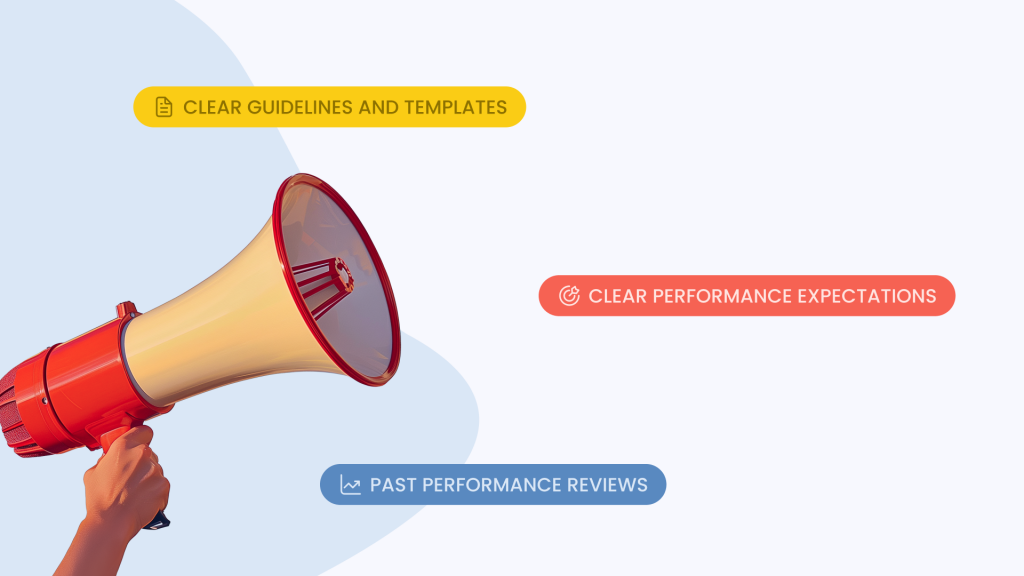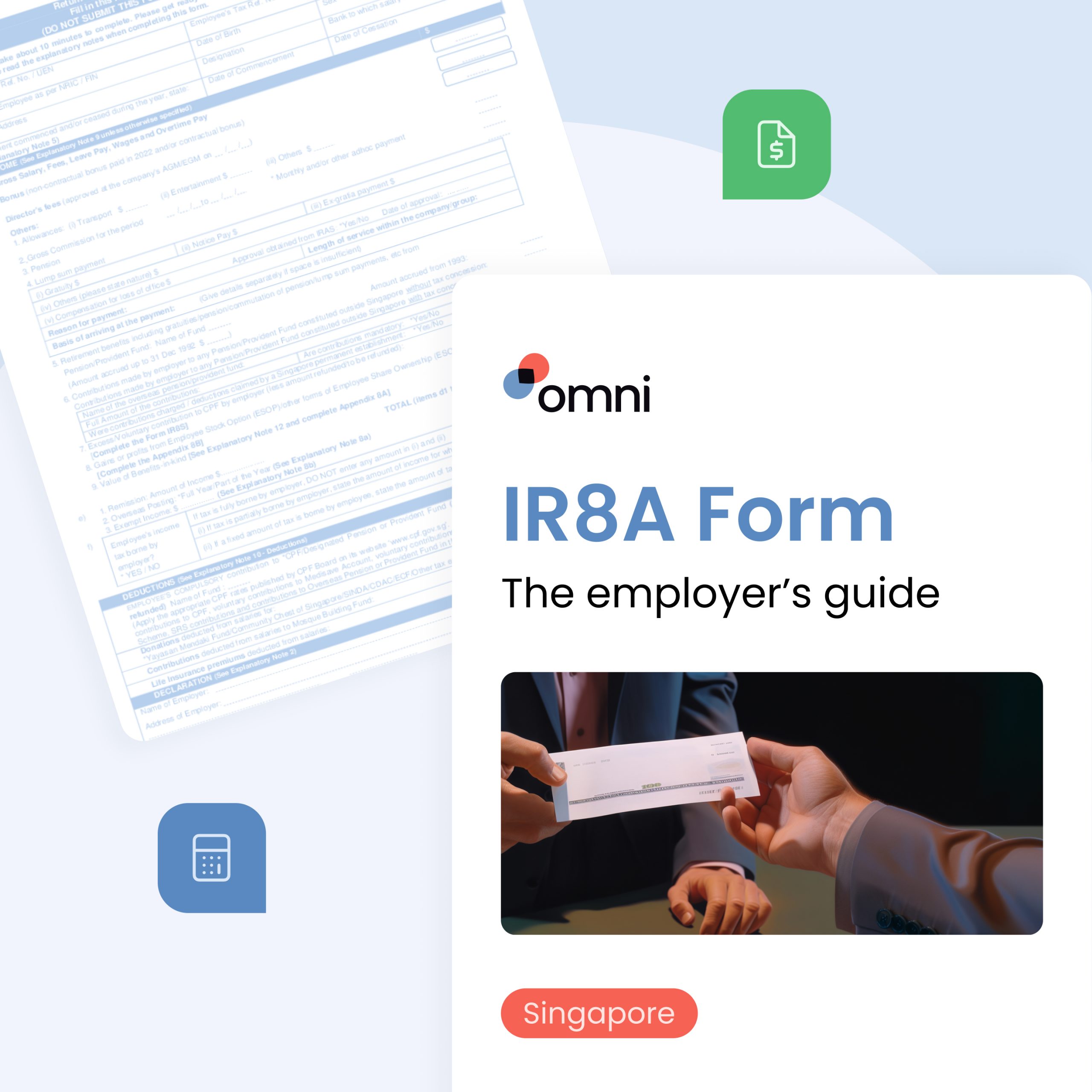As we approach the midpoint of the year, it’s crucial to reflect on our progress and set the course for the remainder of the year. Feedback plays an important role in this process where a survey showed that 80% employees who have received meaningful feedback have higher engagement.
While annual and mid-year performance reviews are common tools for communicating feedback, public perception often criticizes them, questioning their accuracy and effectiveness. However, this underscores the importance of approaching performance reviews correctly.
Proper planning of mid-year performance reviews not only empowers your team to grow but also keeps employees engaged, fostering the thriving company culture you desire. Explore the benefits of mid-year performance reviews and tips on how you can prepare for it to maximize its potential.
What is a mid-year performance review?
Mid-year performance reviews are evaluations conducted every six months, typically near the end of the second quarter. These reviews involve 1-on-1 meetings between a direct manager and an employee.
During this midpoint assessment, the manager reviews the employee’s performance goals and objectives to evaluate progress and ensure alignment with KPI and targets. Additionally, new performance goals and objectives may be suggested for the upcoming six months.
Read next:
Why are mid-year performance reviews important?
Mid-year performance reviews are significant as they provide an opportunity to check in with employees, confirm their progress towards annual goals, make any necessary adjustments, and establish new goals for the next six months. These reviews also offer a chance to recognize employees’ achievements and discuss their development needs.
In essence, these mid-year performance reviews offer actionable steps and useful feedback for employees. They also encourage employees to share recent challenges and their overall work experiences, providing insights to create a more supportive workplace environment.
Benefits of Mid-Year Performance Reviews
Mid-year performance reviews offer several benefits for both employees and employers. These includes:
- Higher satisfaction levels: Checking in with your employees consistently and offering them the needed guidance shows that you care about their career growth and well-being. This promotes employee morale and satisfaction.
- Higher engagement levels: mid-year performance reviews are a perfect chance to recognize and appreciate employees, which can make them feel valued and engaged.
- Lower attrition rates: When you listen to employee feedback at regular intervals, you resolve issues promptly and enhance their work experience and productivity levels, reducing attrition rates.
- Better work culture: To enhance your employee’s work experience and create an employee-focused culture, a mid-year performance review enables you to hear their ideas, feedback, and concerns and address them.
Take your company culture to the next level
- Balanced work allocation: mid-year performance reviews can help you determine whether an employee’s workload is excessive, adequate, or insufficient. This assessment provides valuable insights that can assist in effectively managing work capacities, reducing employee burnout.
- Enhanced performance: When you set, track, and adjust goals via constructive feedback, you’ll see a boost in employee productivity and performance levels.
- Reinforce company values: mid-year performance reviews provide managers with an opportunity to reinforce company values among employees. They can encourage behaviors that are in line with these values and address any misalignments as well.
Tips to Preparing for Mid-Year Performance Reviews

The success of mid-year performance reviews hinges on how seriously they are taken and how well they are prepared for. Here are some tips for HR leaders, managers, and employees to make the most of them in preparation for upcoming mid-year performance reviews.
For HR leaders
Develop clear guidelines and templates
As an HR leader, you’ll find that effective mid-year performance reviews are based on clear guidelines and templates that define performance metrics.
Standardizing and structuring the process in this manner transforms these appraisals from subjective, unorganized reviews based on feelings and unconscious biases into objective, organized mid-year performance reviews based on data and facts. This approach also helps managers prepare their written mid-year performance reviews.
A good mid-year review example is when you’re assessing teams such as the social media team, consider investing in software solutions that provide managers with statistics for relevant metrics like engagement, amplification, virality rate and reach.
Your template should include these metrics so that managers can evaluate employees based on the same criteria.
Train managers on conducting reviews
It is also crucial to train managers on conducting these mid-year performance reviews. You can create an agenda for them and walk them through it. This agenda typically includes:
- Introduction: Clearly state the employee’s name, role, and job responsibilities, and the purpose of the mid-year performance review.
- Current performance and circumstances review: Discuss the employee’s daily processes and goals.
- Roundup of the last performance review: Managers can start with talking points from the last review and progress from there.
- Progress evaluation: Discuss the previously set objectives and whether the employee has achieved them.
- Actionable feedback: Provide feedback on the employee’s performance over the past six months and ensure they can act on it.
- Goal setting: Set new short and long-term goals and adjust old ones. Develop a plan with goals and a timeline, and offer extra support or reviews as needed.
- Receiving employee feedback: Encourage the employee to provide feedback on management and their work experience. Use this feedback for appraisals with managers.
Relevant reads:
Facilitate communication and support
Communication and support are also crucial. Ensure that employees know about their mid-year performance reviews in advance and communicate the time and place, which should be private and quiet.
This allows them to prepare their questions, suggestions, and input. They should also have a general understanding of the purpose and process of mid-year review in your company.
Creating a supportive environment is key. Employees should understand that mid-year performance reviews are intended to help them grow. This should be evident in the tone, content, and the manager’s willingness to listen. Managers should have the necessary resources to support employees.
One of many mid-year review examples for this is to remind managers to schedule and communicate mid-year performance reviews. This way, employees can book their preferred timing for the review and have enough time to prepare their questions.
For Managers
As a manager, you can prepare for mid-year performance reviews in four ways:
Ensure clear performance expectations
To prepare for mid-year performance reviews as a manager, start by setting clear performance expectations and communicating them effectively to your employees.
Reviewing past mid-year review examples can be a great starting point to help you objectively assess progress and set goals that align with employees’ career vision. For instance, when conducting a review with a teacher, instead of stating she’s behind the curriculum, specify which lessons need completion before the mid-terms.
Gather regular feedback
Secondly, gather regular feedback to show you value employees’ input and are committed to their satisfaction.
Use tools like employee satisfaction surveys to gather feedback on various aspects such as management and communication styles, task delegation, leadership abilities, workplace culture, and employment practices.
This feedback enables you to identify and address issues early, understand your coaching strengths and weaknesses, and enhance the overall employee experience.
Calibrate expectations across all departments
Thirdly, calibrate expectations across all departments by referring to each employee’s job description to determine their responsibilities. Quantify your expectations using metrics and statistics that align with these responsibilities.
A great mid-year review example is to communicate specific targets for departments like customer services, such as average call duration, number of calls per day, and ratings expected.
Communicate the process and timeline
Lastly, communicate the process and timeline clearly to provide employees with actionable steps. This makes feedback constructive and equips employees to handle it effectively.
Define the steps, tools, milestones, and deadlines involved in the process. Consider new responsibilities and skills employees want to learn, and incorporate them into the timeline. By following these tips, you can prepare for mid-year performance reviews in a way that enhances employee engagement and drives performance.
Relevant reads:
For Employees
As an employee, here are four tips to help prepare for your mid-year performance reviews and make the most of them.
Review past performance reviews
Look back at previous appraisals to track progress and anticipate topics that your manager may discuss. This can provide insight into goals and benchmarks set in the past.
Perform a self evaluation
Conducting a self evaluation can help measure your progress against previously set goals and identify growth opportunities. For example, if you were responsible for testing code, consider whether you met deadlines during previous projects.
Develop talking points
Prepare topics that you want to discuss during the review, such as questions, concerns, suggestions or personal goals for the following year. Request additional resources if needed, especially if you are a new employee struggling with new tools or updates.
Practice self-awareness
Last but definitely not least, approach your performance review with self-awareness, acknowledging your strengths and weaknesses. Be open to feedback and focus on growth opportunities.
Take accountability for mistakes and seek guidance when necessary in order to improve.
Stay Prepared for Mid Year Performance Reviews with Omni

Mid-year performance reviews don’t have to be a dreaded task, with the right framework and guidance, the exercise can become a useful tool in self-reflection and professional development.
By embracing mid-year performance reviews and referring to the mid-year review examples provided above, and the conversations around them as a foundational element of performance management, your organization can empower your employees to proactively shape their growth and development.
Omni’s customizable performance review feature allows managers to design a self-evaluation template to apply to employee performance reviews, track employee submissions, and derive critical insights to drive business decisions all in one centralized platform.
For more resources to improve your mid-year performance review cycle,
Book a demo with our team today to learn more about how Omni can aid your company culture, and help uncover the insights you need to build a highly engaged workforce.


